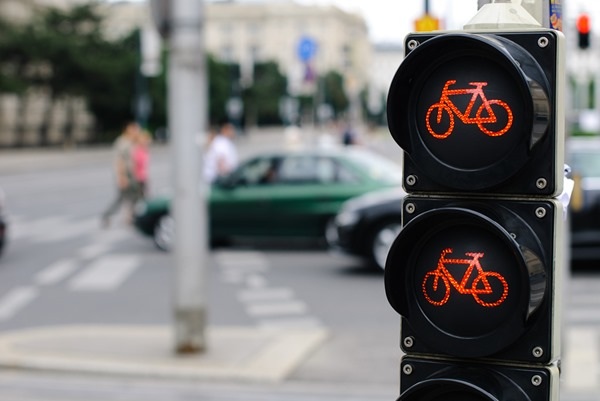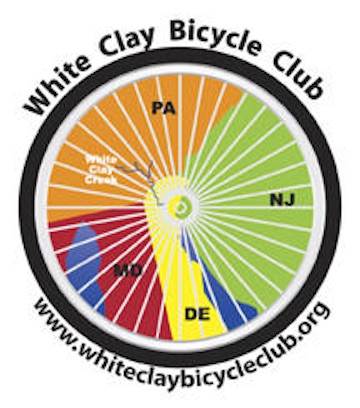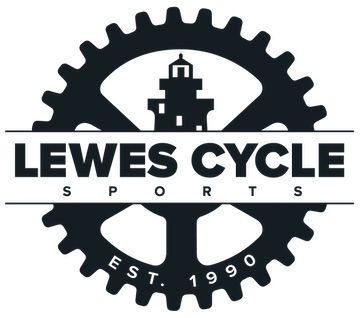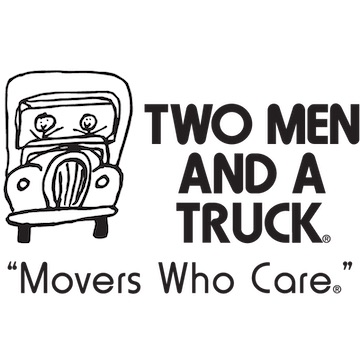Bad Design Leads to Bad Cyclist Behavior

by James D. Schwartz
Published in Urban Country
July 4, 2013

In Copenhagen, traffic signals along “green wave” routes are timed to provide a constant flow of green lights to bicycles traveling at 20km/hour. Bicyclists who ride at this speed will never hit a red light all the way to the city centre.
In the Netherlands, “green wave” routes are provided for bicyclists traveling between 15 to 18km/hour. Outside of green wave routes, traffic signals often give priority to bicyclists over cars, allowing bicyclists to wait the minimal amount of time for a light to turn green.
These initiatives are just a couple examples of pragmatic solutions in bicycle-friendly cities that ease traffic congestion by providing significant incentives for people to choose bicycle transport over driving. Copenhagen’s main bicycle route facilitates more than 30,000 bicyclists each day.
But these initiatives have an obvious side benefit too: they help encourage good behaviour by creating disincentives to break the law.
Bicyclists in Copenhagen who may otherwise ride faster are encouraged to slow down to 20km/hour in order to ride the “green wave”. Furthermore, a bicyclist is less likely to run a red light if she knows that the traffic signal will change within a reasonable amount of time.
Here in North America, amidst our car culture, we see the opposite happen. Traffic laws and infrastructure designed for motor vehicles unfortunately creates incentives for bicyclists to break the law, resulting in bicyclists being cast in a negative light as “scofflaw” cyclists.
Read the rest of this article at Urban Country>>>
RELATED:
• If Kant Were a New York Cyclist
• All Bicyclists Agree That Bike Salmon Are A Huge Problem…Except for the ones who don’t agree








